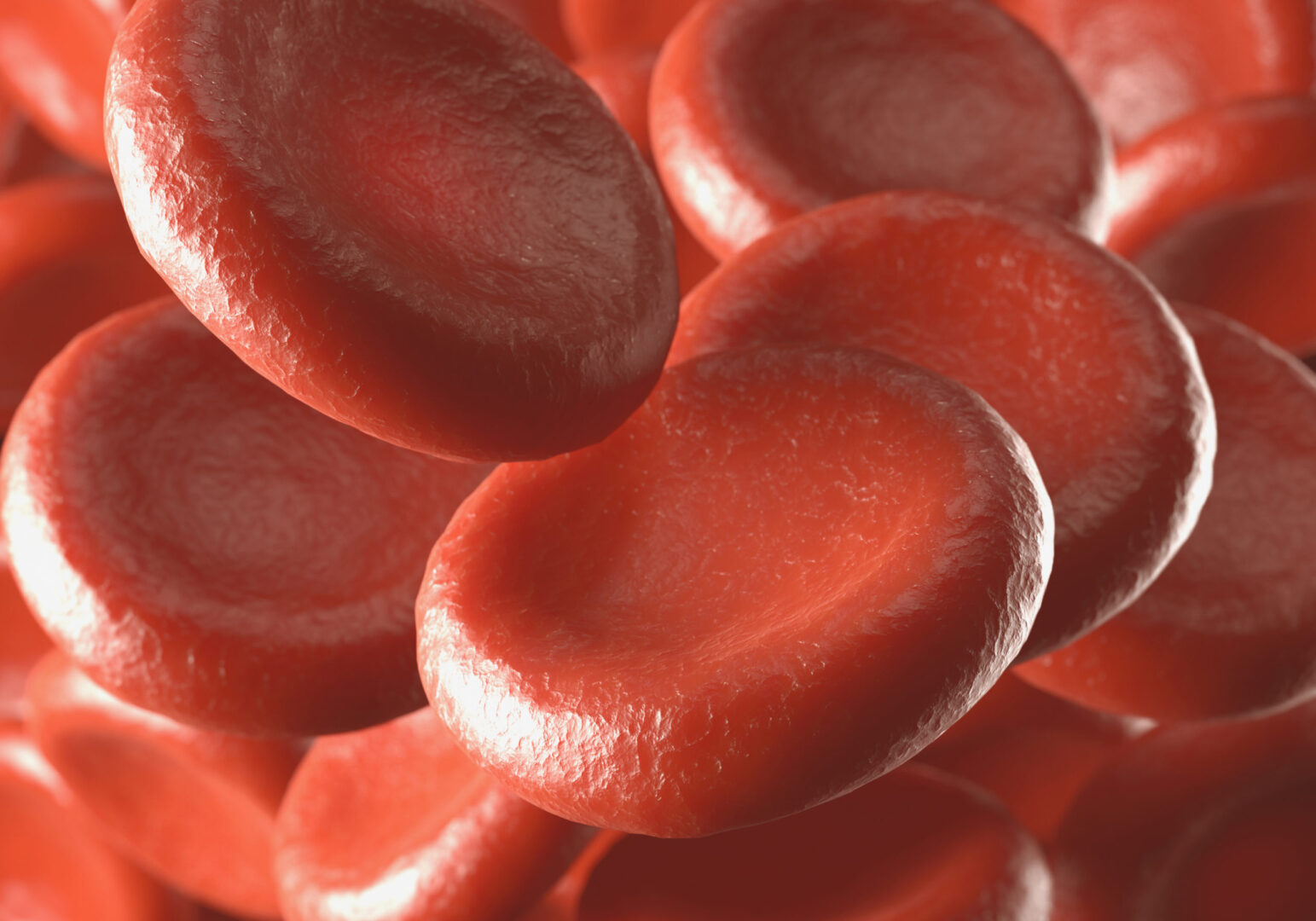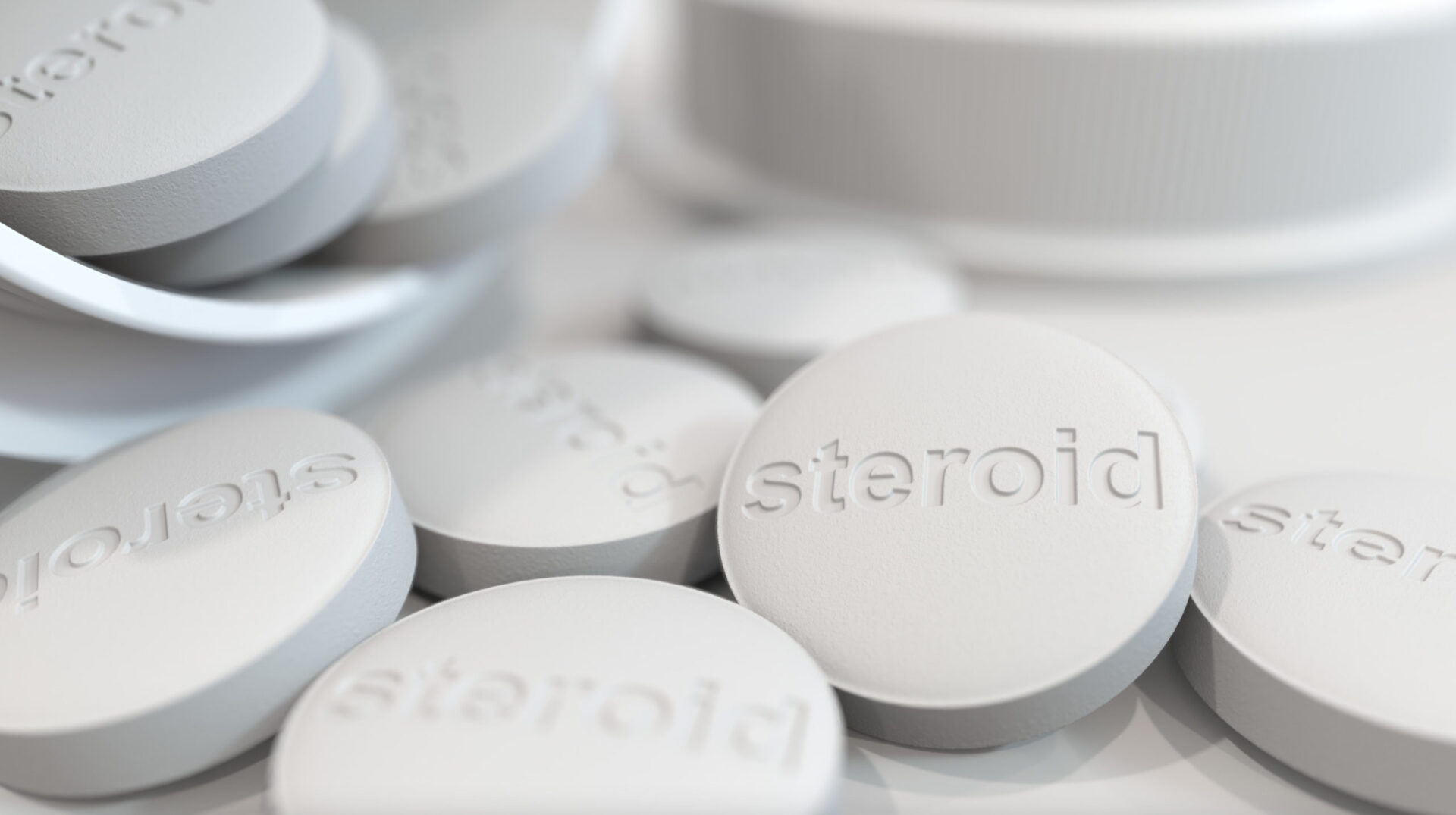Learning objectives
- Minimum preoperative fasting times
- Recommendations regarding preoperative fasting
Definition and mechanisms
- Preoperative fasting is defined as abstaining from eating or drinking for some time by surgical patient before having an operation
- Preoperative fasting allows sufficient time for gastric emptying of ingested food and liquid
- This minimizes the risk of pulmonary aspiration during anesthesia as aspiration of as little as 30-40 mL can be a significant cause of suffering and death
- Pulmonary aspiration of gastric contents is a rare but potentially life-threatening complication
- Aspiration is uncommon in healthy ASA I or II patients, 1.1/10,000 adults, and 1.3/10,000 children, but may lead to pneumonitis, pneumonia, bronchospasm, and acute respiratory distress syndrome
Minimum fasting times
| Age | Solids | Clear liquids |
|---|---|---|
| <6 months | 4h | 2h |
| 6-36 months | 6h | 3h |
| > 36 months (including adults) | 6h | 2h |
- Be aware that excessive fasting times are unpleasant for patients and are associated with medical morbidity
- Therefore, avoid prolonged fasting and minimize fasting times
Factors affecting gastric emptying
| Factors increasing emptying | Factors decreasing emptying | |
|---|---|---|
| Physiological factors | Large gastric volume Liquid gastric contents solids <2 mm Parasympathetic stimulation Secretion of motilin and gastrin Sitting position (for non-caloric liquids) | Large duodenal volume High-calorie chyme Acidic chyme Hypo-/hyper-osmolar chyme Fatty and amino acid-rich chyme Hot and cold chyme Sympathetic stimulation Secretion of cholecystokinin, secretin, somatostatin, vasoactive intestinal peptide, and gastric inhibitory peptide |
| Pharmacological factors | Anticholinergics Metoclopramide Domperidone Erythromycin | Antimuscarinics Opioids |
| Patient factors | Hyperthyroidism | Pain Anxiety and stress Trauma Pregnancy Alcohol ingestion Hypothyroidism Diabetes Pyloric stenosis Intestinal obstruction Vagotomy |
Recommendations
- Clear liquids such as water, black coffee, black tea, and juice without pulp are safe to drink until 2h before general anesthesia
- Healthy adults are allowed to drink carbohydrate-containing clear liquids until 2h before elective procedures requiring general anesthesia, regional anesthesia, or procedural sedation
- In this way, the patient is hydrated and in a more normal metabolic state
- Protein-containing clear liquids should not be recommended over other clear liquids before elective procedures requiring general anesthesia, regional anesthesia, or procedural sedation
- Elective procedures requiring general anesthesia, regional anesthesia, or procedural sedation should not be delayed in healthy adults chewing gum
- Avoid prolonged fasting in children by allowing children at low risk of aspiration to drink clear liquids as close to 2h before procedures as possible
- Consider even a 1-h fast for clear liquids in children as there is no increased risk for pulmonary aspiration
Suggested reading
- Girish P. Joshi, Basem B. Abdelmalak, Wade A. Weigel, Monica W. Harbell, Catherine I. Kuo, Sulpicio G. Soriano, Paul A. Stricker, Tommie Tipton, Mark D. Grant, Anne M. Marbella, Madhulika Agarkar, Jaime F. Blanck, Karen B. Domino; 2023 American Society of Anesthesiologists Practice Guidelines for Preoperative Fasting: Carbohydrate-containing Clear Liquids with or without Protein, Chewing Gum, and Pediatric Fasting Duration—A Modular Update of the 2017 American Society of Anesthesiologists Practice Guidelines for Preoperative Fasting. Anesthesiology 2023; 138:132–151
- Fawcett, W.J., Thomas, M., 2019. Pre-operative fasting in adults and children: clinical practice and guidelines. Anaesthesia 74, 83–88.
- Pollard BJ, Kitchen, G. Handbook of Clinical Anaesthesia. Fourth Edition. CRC Press. 2018. 978-1-4987-6289-2.
- Mesbah, A., Thomas, M., 2017. Preoperative fasting in children. BJA Education 17, 346–350.
- Wilson, G.R., Dorrington, K.L., 2017. Starvation before surgery: is our practice based on evidence?. BJA Education 17, 275–282.
- Coté CJ. Preoperative preparation and premedication. Br J Anaesth. 1999;83(1):16-28.
We would love to hear from you. If you should detect any errors, email us [email protected]







